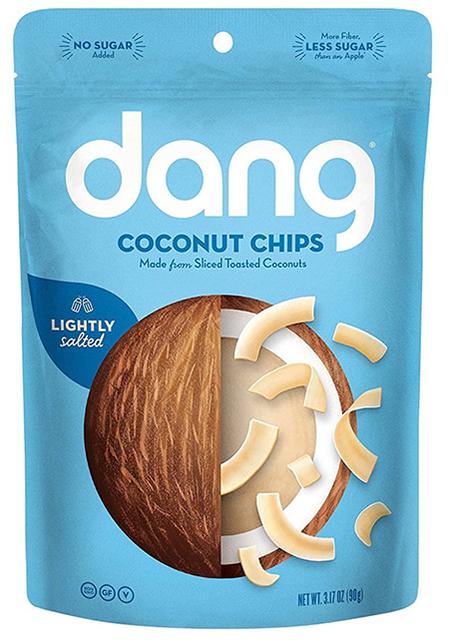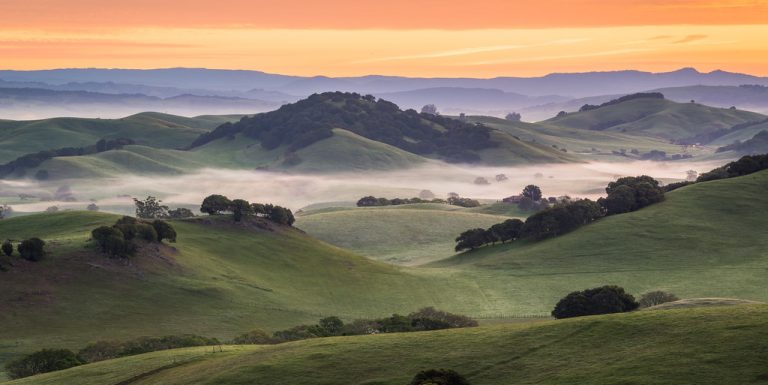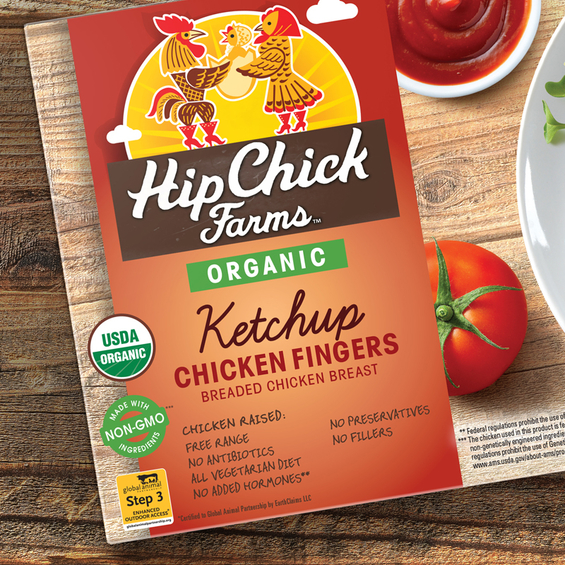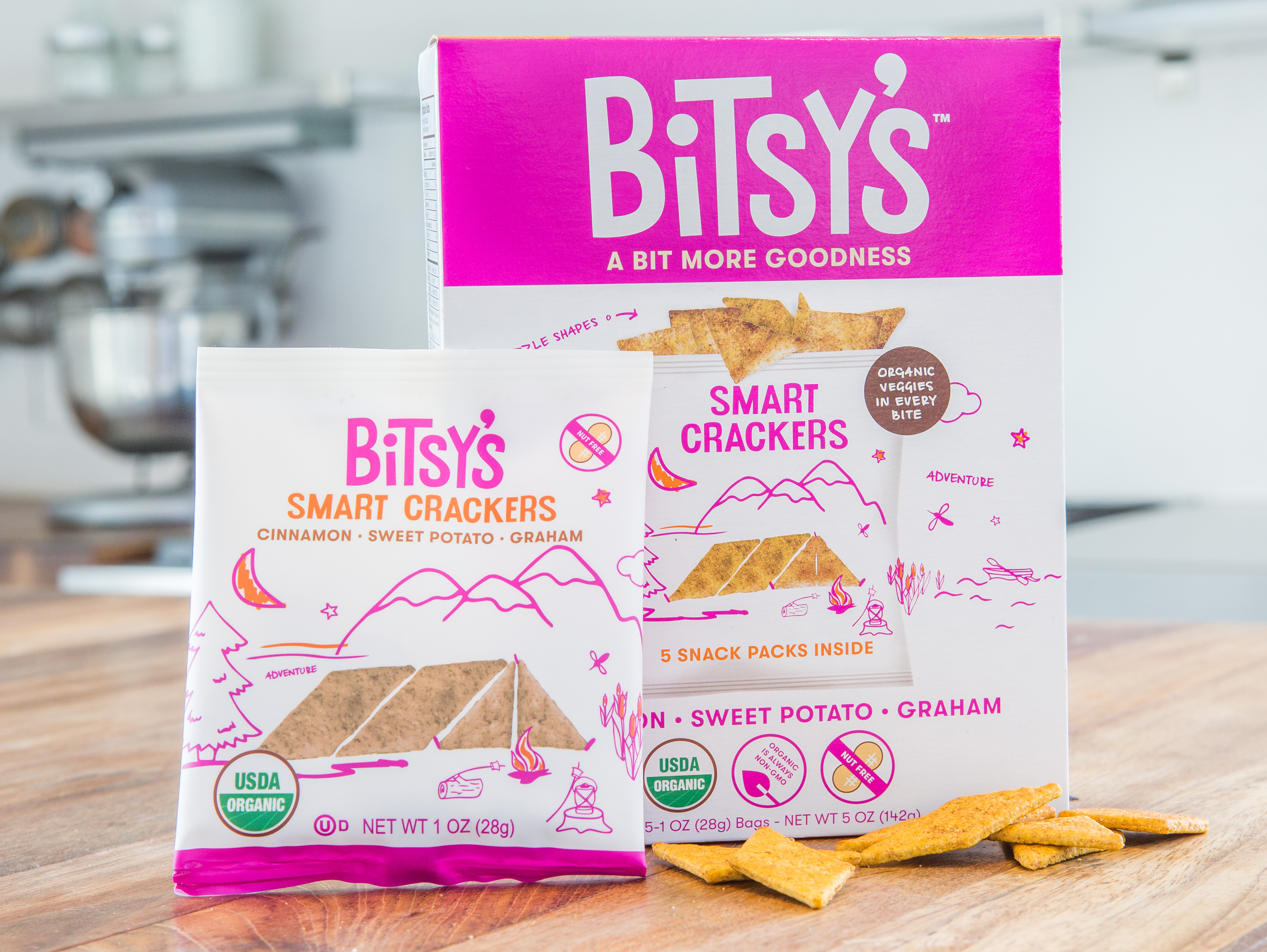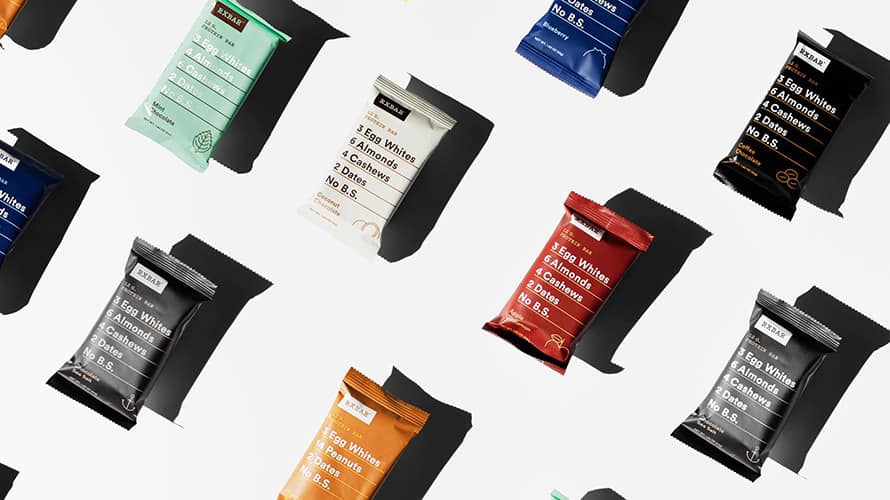
Like coffee, chocolate is changing. And a chocolate bar is not just a chocolate bar. Where the chocolate – ahem! cacao – comes from and the quality of those all-important cacao beans is now taking center stage. If you grew up, as I did, a few hours south of Hershey, Pennsylvania, trips to Hershey Park were routine. And before you waited an hour for the best rollercoaster in the state, you simply had to take the free tour of Hershey’s Chocolate World.
The educational ride showcased the basic process that churned out the company’s famous candy bars (mine was of course the Kit Kat, probably because of the catchy jingle). What it didn’t mention, though, was the fact that Hershey blends together a variety of cocoa beans—from different countries and of different quality—for its treats. This methodology helped ensure consistency for mass production.
The so-called “third wave” of chocolate is the antithesis to such a strategy—and the result couldn’t be further from the heavily processed candy bars of my childhood. The biggest buzzword in the business right now is “single origin”—a phrase you may be familiar with if you’re a fan of coffee or wine.
What is Single-Origin Chocolate?
Single-origin chocolate uses beans all from…well…a single origin. At the very least, this means beans from just one country. Some companies, though, apply the term more narrowly, to chocolate made from beans grown on a single farm. (If you’re buying chocolate marketed as single-origin, be sure to read the fine print and see what they mean. Chances are, you’ll see a region within a country.)
The origin of the chocolate—which really means the origin of the cacao tree—is important because beans (and in turn, their taste) vary by region. Again, this mirrors the world of coffee and wine, where you can often guess the quality and flavor characteristics of various beans and grapes based on where they were grown.
The purity of single-origin chocolate isn’t the only benefit, though—another perk is supply chain transparency. If you’re ignorant to where your cacao comes from, you’re also ignorant to how it’s being grown. In some markets, farmers see little of the profits, accusations of child and slave labor run rampant, and farming practices may not be sustainable.
Single-origin chocolate is much more traceable, and oftentimes beans come from chocolate cooperatives. A great feature in Munchies that ran earlier this year highlighted an Ecuadorian chocolate collective. The collective puts more income directly in the pockets of cacao farmers and helps promote sustainable farming practices, as opposed to potentially having land logged or sold for oil exploration.
Labeling Matters
Of course, just because chocolate is single-origin doesn’t necessarily mean it’s coming from a more sustainable farm or a region with better labor practices. And it doesn’t even necessarily mean the beans are better quality. You could in theory have single-origin chocolate made from crappy beans. (This is especially true as the term grows in popularity and gets slapped on labels for marketing’s sake – see natural, organic and gluten free. No sh*t apples are gluten free!)
But in general, transparency does breed improvements in terms of labor and environmental conditions. And if a chocolate-maker is going through the trouble to ensure its beans are all from one region, there’s reason to think that region probably has some pretty good plants.
Don’t take our word for it, though—compare some single-origin chocolate from around the world and see if you can detect the differences. Just remember: the percentage on the label refers to how much is cacao versus added sugar. Keep this constant in your taste test, as chocolate with higher cacao percentages taste inherently more bitter.

